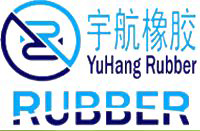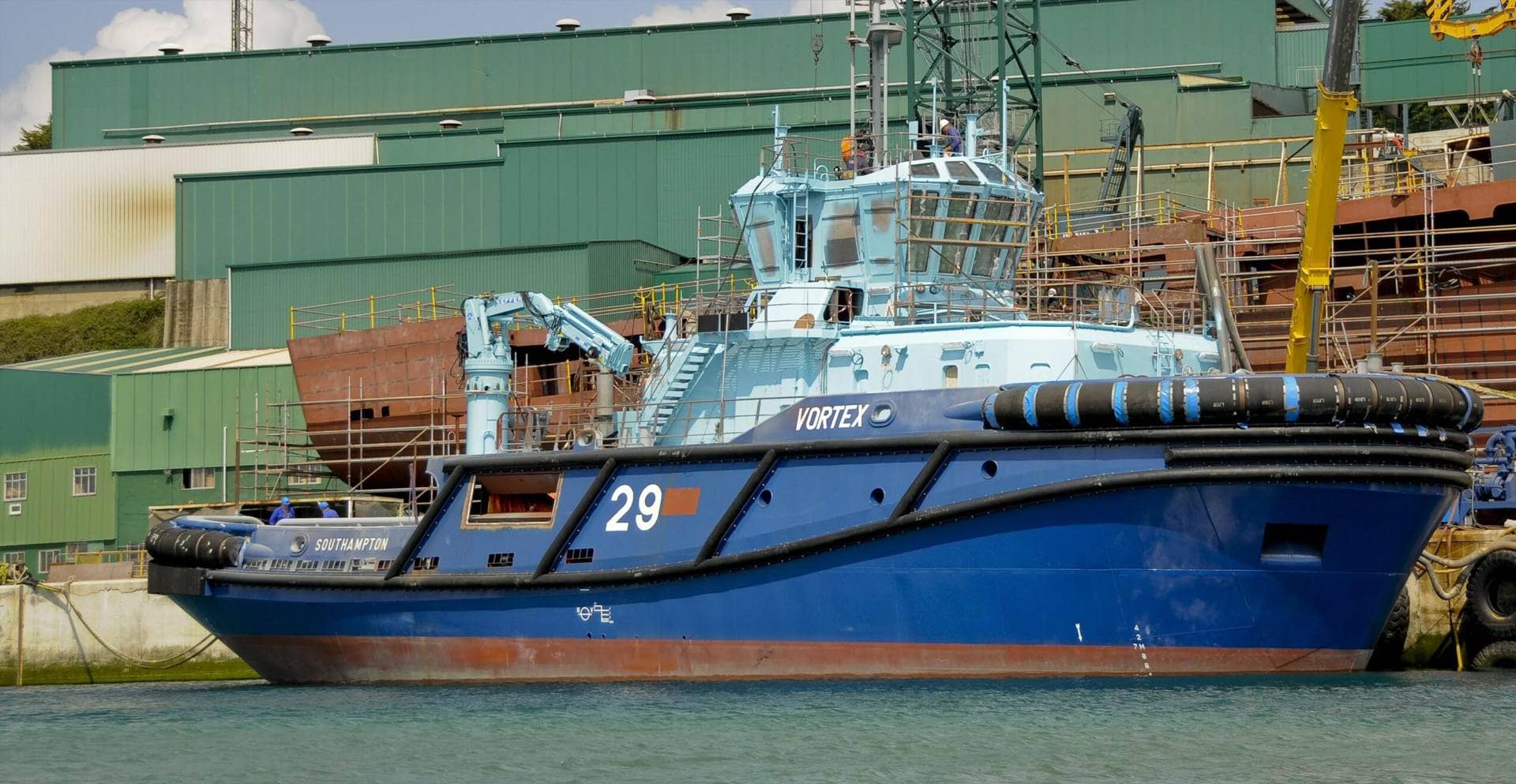EPDM Neoprene Sponge Compound
Overview
EPDM (Ethylene Propylene Diene Monomer) and neoprene rubber compound is a high-performance material widely used across various industries. Combining the benefits of EPDM and neoprene rubber, it features excellent physical properties and chemical resistance, making it suitable for sealing applications requiring high strength, oil resistance, fuel resistance, heat resistance, and aging resistance. This rubber material has extensive applications in construction, automotive, electronics, and power industries, making it a preferred choice in the market.
Key Advantages
1. Exceptional Weather Resistance and UV Protection
The closed-cell structure of the EPDM neoprene sponge compound provides outstanding weather resistance, enduring harsh climates, UV exposure, and ozone without degradation. This makes it ideal for outdoor applications such as building exteriors, window frames, door seals, and roofing materials. Compared to pure rubber materials, the compound offers enhanced durability, maintaining superior performance over time.
2. Superior Chemical and Oil Resistance
This compound’s resistance to fuel, oils, and chemicals makes it widely used in the petroleum, chemical, and automotive industries. For example, it is frequently used in automotive fuel system seals and other high-grease-contact components. Neoprene’s oil resistance combined with EPDM’s environmental resistance ensures comprehensive protection, especially in environments with prolonged exposure to oils, chemicals, and corrosive liquids.
3. Excellent Airtight and Watertight Sealing
Thanks to its closed-cell structure, the EPDM neoprene sponge compound excels in airtight and watertight sealing applications. It effectively prevents air and water infiltration, ensuring long-lasting sealing performance in household appliances, building materials, and industrial equipment.
4. Flexible Processing and Customization Options
This compound can be customized to meet specific client requirements. Available in densities ranging from 115 to 155kg/m³, thicknesses from 1mm to 40mm, and various forms such as rolls, sheets, strips, and CNC-cut gaskets, it adapts to diverse sealing needs across industries.
5. Wide Temperature Tolerance
The compound performs reliably in temperatures ranging from -40°C to 200°C and can withstand intermittent use at up to 230°C. Its broad temperature range makes it suitable for extreme temperature environments.
6. Excellent Aging Resistance
EPDM neoprene sponge compound resists aging effectively, maintaining its physical properties and functionality over time. It withstands prolonged exposure to sunlight, rain, and humidity without cracking or degradation, making it ideal for long-term applications.
7. Versatile Applications
The material’s versatility enables it to be used in various industries, such as construction seals, electronic equipment gaskets, automotive sealing components, vibration pads, and soundproofing materials. It is a preferred choice in environments requiring UV resistance, ozone resistance, and durability.
8. Enhanced UV and Ozone Resistance
Specially treated to provide superior UV and ozone resistance, this compound extends the lifespan of products. Whether used outdoors or in industrial ozone environments, it maintains structural stability and prevents performance loss.
9. Environmentally Friendly
The EPDM neoprene sponge is manufactured using eco-friendly, CFC-free, and HCFC-free foaming processes, meeting stringent environmental standards. As a recyclable material, it aligns with sustainable development goals, making it a preferred choice for eco-conscious projects.
Application Areas
Automotive Industry: Fuel system seals, battery compartment protection, and engine component gaskets.
Construction: Door and window seals, exterior wall and roof protection.
Electronics: Dust-proof and waterproof gaskets for sensitive electronic components.
Home Appliances: Sealing strips for refrigerators, air conditioners, and other appliances.
Aerospace: Sealing gaskets for aviation equipment.
Refrigeration: Sealing for cooling systems and pipelines.
Frequently Asked Questions (FAQs)
1. What are the main advantages of EPDM neoprene sponge compounds?
They combine EPDM’s weather resistance with neoprene’s oil resistance, offering exceptional sealing and chemical resistance.
2. What temperature range can this material handle?
It operates effectively between -40°C and 200°C, with intermittent tolerance up to 230°C.
3. Is customization available?
Yes, we offer customizable densities, thicknesses, and shapes, including rolls, sheets, and gaskets.
4. Is this material environmentally friendly?
Absolutely. It uses eco-friendly manufacturing processes and is recyclable, meeting international environmental standards.
5. What industries can benefit from this compound?
Industries such as automotive, construction, electronics, home appliances, aerospace, and refrigeration can all benefit from its properties.
Conclusion
EPDM neoprene sponge compound stands out for its excellent weather resistance, chemical resistance, and broad temperature adaptability, making it a critical material in various industries. Whether for oil-resistant, acid-resistant, or durable sealing applications, this material provides ideal solutions. With superior flexibility, durability, and eco-friendly characteristics, it represents a vital choice for modern industrial sealing needs.
南京宇航橡胶有限公司 (Nanjing Yuhang Rubber Co., Ltd.) offers high-quality EPDM neoprene sponge products tailored to meet diverse application requirements, ensuring reliability and performance across industries.
| PROPERTIES | VALUES |
|
|
|---|
| Compound | EPDM / CR |
|
|
| Density (Specific Gravity) | 115 - 155 Kg/m3 |
|
|
| Tensile Strength | 480 - 530 kPa |
|
|
| Elongation at Break | 180 - 220% |
|
|
| Compression Set (25% 22hrs @ 23°C) | 2 - 4% |
|
|
| Compression Set (50% 22hrs @ 23°C) | 15 - 35% |
|
|
| Compression Deflection (25%) | 20 - 40 kPa |
|
|
| Compression Deflection (50%) | 50 - 70 kPa |
|
|
| Shrinkage (22hrs @ 70°C) | 8 - 12% |
|
|
| Temperature Range (Constant) | -40°C to +75°C |
|
|
| Temperature Range (Intermittent) | +90°C |
|
|
| Water Absorption (Max Weight Change) | 1 - 3% |
|
|
| Flame Resistance (>3mm) | Pass |
|
|
| Environmental Protection | CFC & HCFC FREE |
|
|









